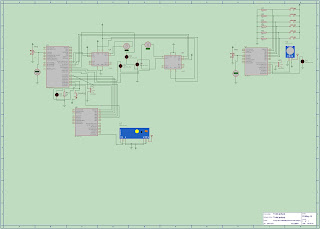Hg Lamp to a Powerful UV Light Source

I got myself some UV-curable solder mask for my PCB workshop, and as soon as i got it, i discovered that my UV artwork transfer box is totally incapable to activate the UV paint and cure it. I began searching the net for powerful UV lamps, and then it hit me: Some months ago i uploaded a theory regarding the Cold and Hot cathode discharge lamps. During my research for these lamps i found out that they can provide directly visible light (lamps without internal coating), or they produce UV radiation. The lamps that produce UV radiation have an extra coating on their internal surface which glows when excited by the UV rays, thus producing light! [ ]














